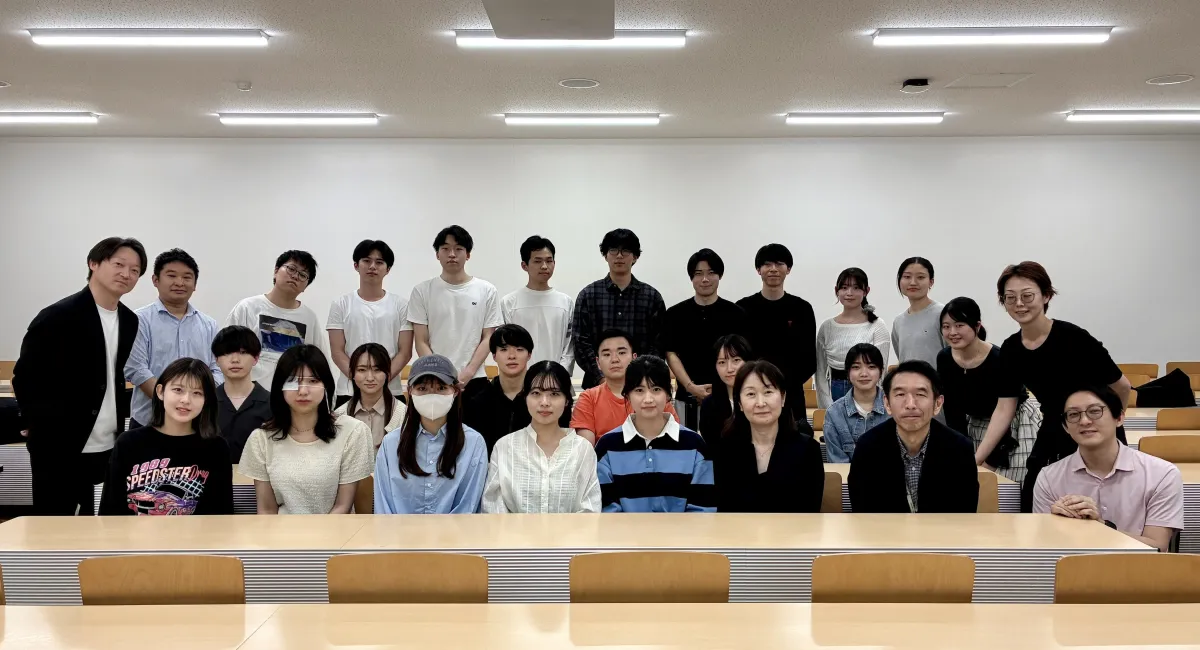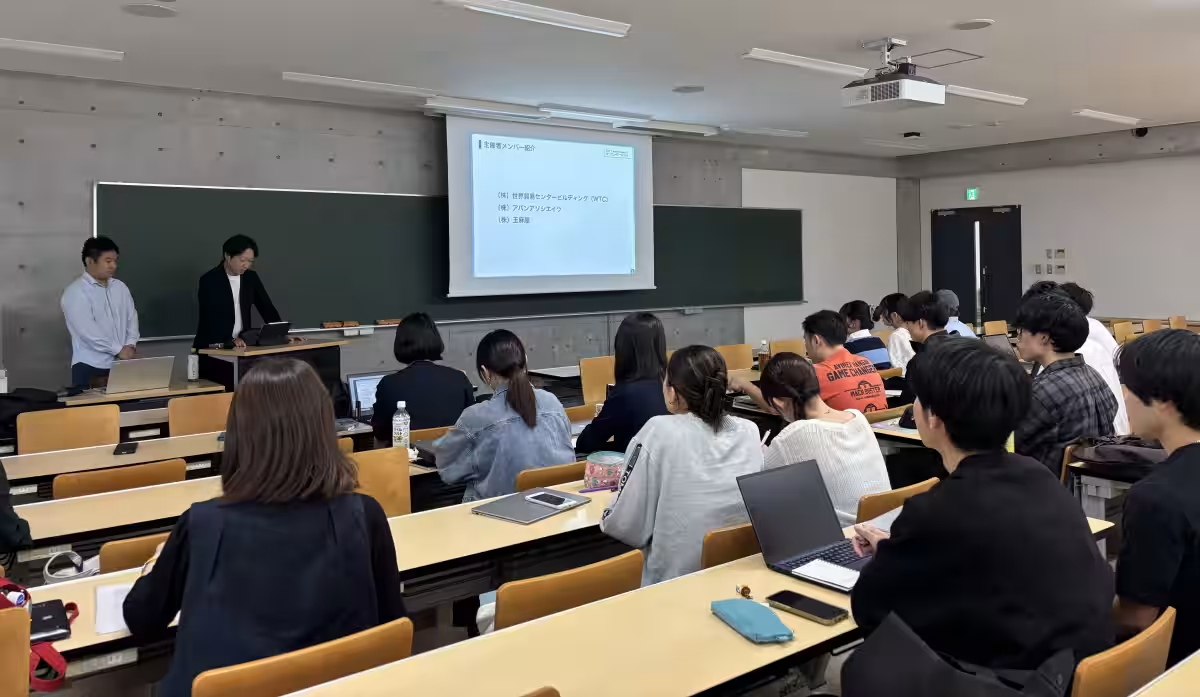

Innovative Community Development Program with Tokyo City University Initiated
Innovative Community Development Program with Tokyo City University
The collaboration between WTC and Tokyo City University represents a significant step in community development through academic and industry partnership. The ongoing initiative, led by WTC and the Hamamatsucho Area Management, aims to merge educational institutions with local development efforts, strengthening the connection between students and the societal challenges faced in the urban landscape.
Background of the Collaboration
Since 2018, Tokyo City University has been involved in the urban development of the Hamamatsucho and Shiba Daimon area. Initially, students operated a news platform focused on the area, sharing insights and updates about local redevelopment. This platform, named "Hamamatsucho Station West Exit Area Development News," has successfully informed the community about ongoing projects and has highlighted local attractions as seen through the student lens. By 2021, the partnership expanded into a proposal-driven curriculum that allowed students to contribute directly to community challenges with fresh ideas derived from their unique perspectives.
Upcoming Initiatives
As part of the ongoing evolution within this collaboration, both the 2023 and 2024 academic years are set to introduce innovative projects. Key initiatives include:
- - Collaborative Project of 2023: Utilizing Shiba Park as a venue to rethink and redefine Hamamatsucho for all generations, inviting diverse demographics to engage with the area.
- - Future Vision for 2024: Focusing on co-creation with students to envision a new future for Hamamatsucho, leveraging the significance of historical landmarks such as the former Shiba Detached Palace.
These efforts align with the aim of developing a community where multiple generations can come together, fostering interaction and cultural exchange.
Mentorship Program
To enhance the educational experience, a new mentorship system has been implemented in this year's program. This program encourages students to work alongside seasoned professionals from WTC and other areas of urban development. By collaborating directly with industry mentors, students will gain insights into real-world challenges faced by the community, thereby providing them with a more practical learning experience. These mentors will assist students in formulating their proposals and will also be present during the final presentations, offering constructive feedback from practical perspectives.
Insights from Faculty
Prof. Fumi Sakai, a leader in the Urban Life Department at Tokyo City University, highlights the continuous involvement of students in developing Hamamatsucho and Shiba Daimon areas. These opportunities not only serve as valuable practical experiences but also help nurture future talent for urban development in Japan. Similarly, Assoc. Prof. Koichi Kitami, who leads the Marketing Research Laboratory, emphasizes the importance of contributing to the area’s value enhancement, underscoring the necessity for student innovation that meets the needs of the community.
Community Engagement
Tatsuto Suzuki, the executive director of the Hamamatsucho Shiba Daimon Area Management, underscores the diverse values that intersect in this unique location, including history, culture, and transport connections. The partnership with Tokyo City University aims to rediscover this potential and promote a forward-looking approach to urban development. The establishment of the mentorship program reflects an effective strategy to bring students and professionals together, ensuring that practical applications are continuously evolving.
Commitment to Sustainable Development
WTC has a long-standing commitment to improving the Hamamatsucho region since its inception in 1964. They emphasize creating new value in the community under the motto "Connecting People, Connecting the City." As they actively engage with local businesses, government agencies, and residents, the focus remains on enhancing the area’s appeal while fostering a sense of belonging among all stakeholders.
This program not only serves the immediate community but also acts as a model for sustainable urban development that could influence broader initiatives throughout Japan. Through this synergy of academic scholarship and practical implementation, a new chapter in Hamamatsucho's growth story is underway, showcasing the power of collaboration between education and community planning.
For more details, refer to the respective laboratory websites for continuous updates and insights about the projects.


Topics People & Culture)










【About Using Articles】
You can freely use the title and article content by linking to the page where the article is posted.
※ Images cannot be used.
【About Links】
Links are free to use.